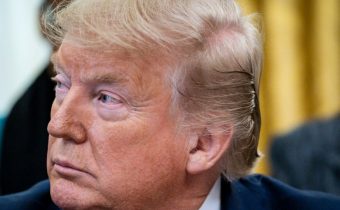In a landmark diplomatic breakthrough on October 30, 2025, U.S. President Donald Trump and Chinese President Xi Jinping held their first face-to-face summit in six years at Gimhae Air Base in Busan, South Korea. The 100-minute meeting, held on the sidelines of the APEC Summit 2025, resulted in an immediate and renewable one-year trade framework that averted a full-blown escalation of the U.S.-China trade war. Trump, speaking to reporters aboard Air Force One, hailed the talks as “amazing” and rated them a “12 out of 10,” while Xi emphasized the need for the two nations to act as “partners and friends” despite deep-rooted differences.
The centerpiece of the agreement is a significant reduction in U.S. tariffs on Chinese imports. Trump announced that punitive duties imposed earlier in 2025—originally set at 20% over fentanyl-related chemical exports—would be halved to 10%. This adjustment brings the overall average U.S. tariff rate on Chinese goods down from 57% to 47%, effective immediately. In return, Beijing committed to suspending its October 2025 restrictions on rare earth mineral exports—a critical move given China’s dominance over 90% of global supply—and to resume large-scale purchases of American soybeans, a major win for U.S. Midwest farmers.
China also pledged a robust crackdown on the production and export of chemical precursors used in fentanyl manufacturing, addressing a key U.S. national security and public health concern. Trump described Xi’s commitment as “very hard action,” signaling a rare alignment on a domestic crisis that has claimed tens of thousands of American lives annually. Additionally, both leaders confirmed plans for reciprocal state visits: Trump will travel to China in April 2026, with Xi scheduled to visit the United States shortly thereafter.
The deal builds on a preliminary framework negotiated in Kuala Lumpur just days earlier and follows months of escalating tensions. Only weeks prior, the U.S. had threatened 100% tariffs in response to China’s tightening of rare earth exports on October 10. Analysts had warned that such measures could spike global prices for electric vehicles, semiconductors, defense systems, and renewable energy tech by 20–30%. The Busan agreement neutralizes that risk for at least one year, with provisions for annual review and renewal.
Markets reacted swiftly and positively. U.S. soybean futures jumped 4%, the Dow Jones Industrial Average rose 1.2%, and rare earth mining stocks surged up to 7% in after-hours trading. Tech giants like Nvidia are reportedly in talks with Chinese regulators to resume limited exports of advanced AI chips (excluding Blackwell-series models), hinting at a cautious thaw in high-tech restrictions.
Despite the optimism, experts caution that this is a tactical truce, not a strategic resolution. Craig Singleton, senior director at the Foundation for Defense of Democracies, noted that both nations are using the agreement as a “stability management tool” while long-term competition in AI, quantum computing, and global influence—particularly over Ukraine—remains intense. The leaders also exchanged “strong” views on ending the war in Ukraine, though no joint statement was issued.
The Busan Summit underscores the enduring reality of a “G2” world: the United States and China, as the two largest economies, must cooperate to prevent global economic collapse—even as they vie for technological and geopolitical supremacy. With a full trade agreement expected to be signed “very soon,” the world watches to see if this fragile détente will hold or fracture under the weight of deeper structural rivalries.


















